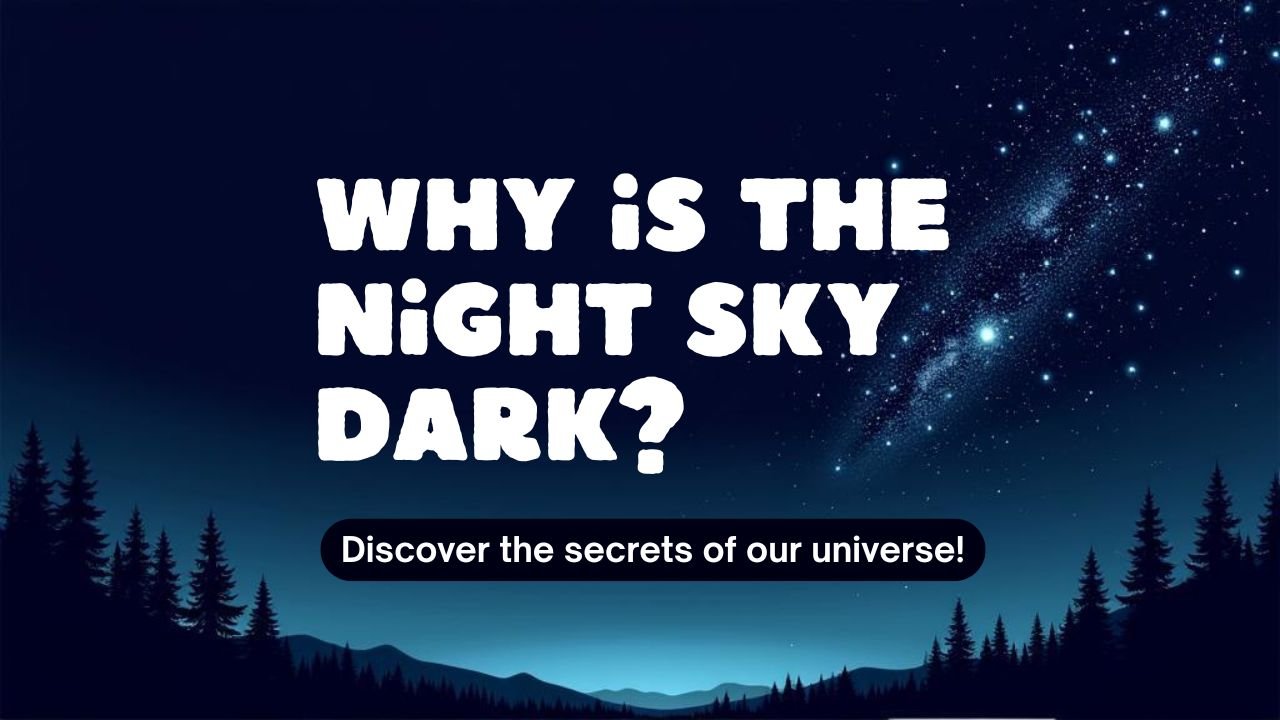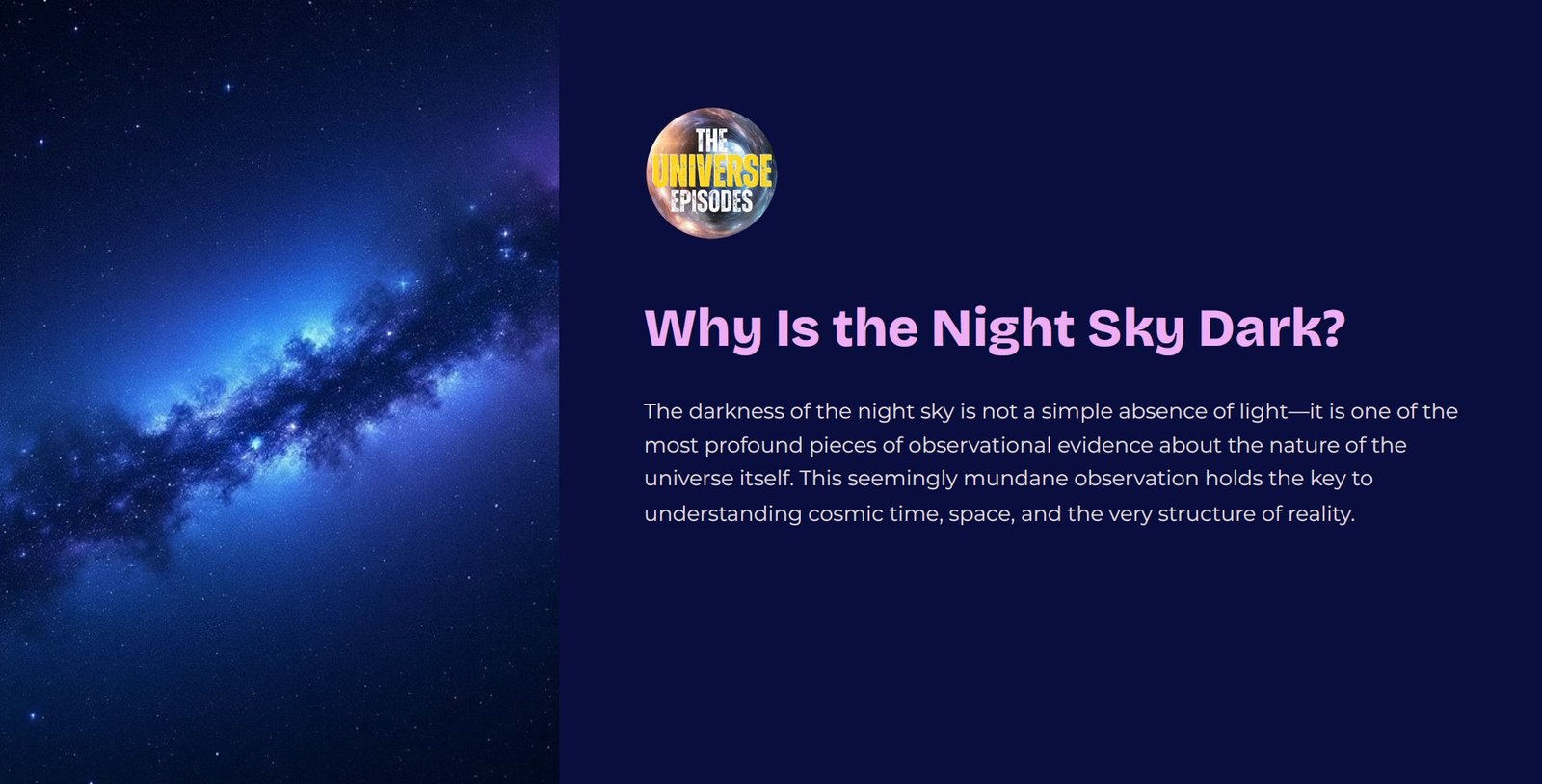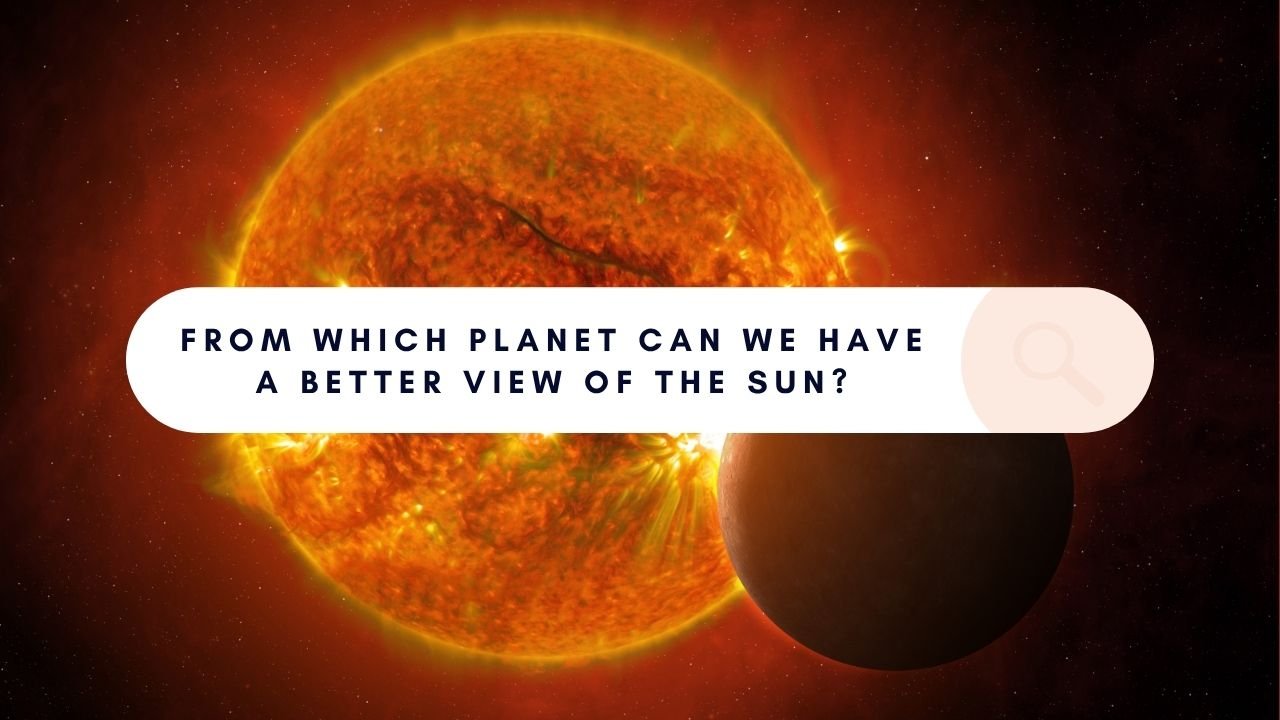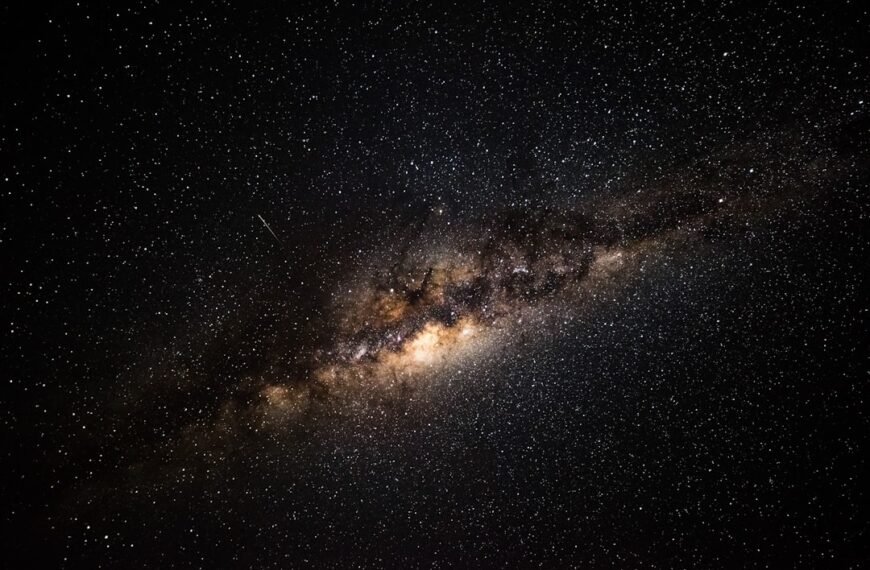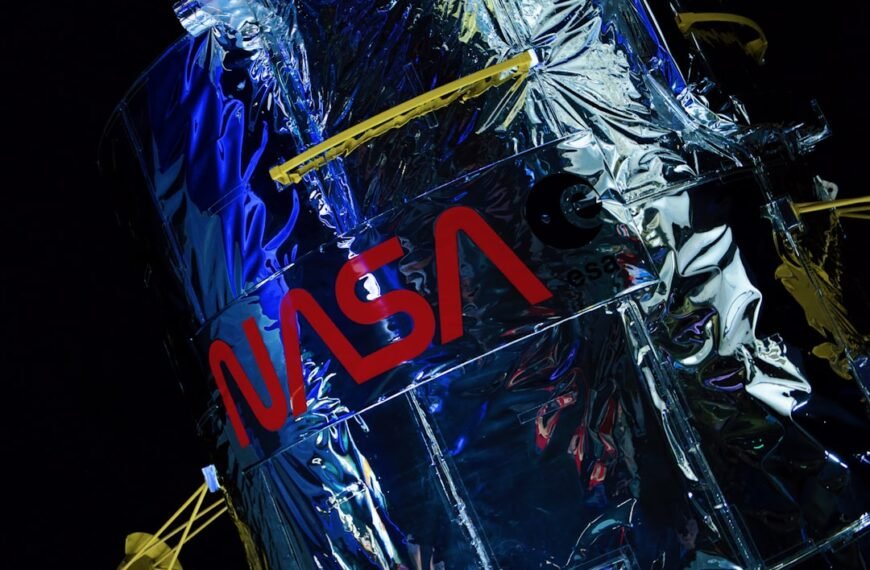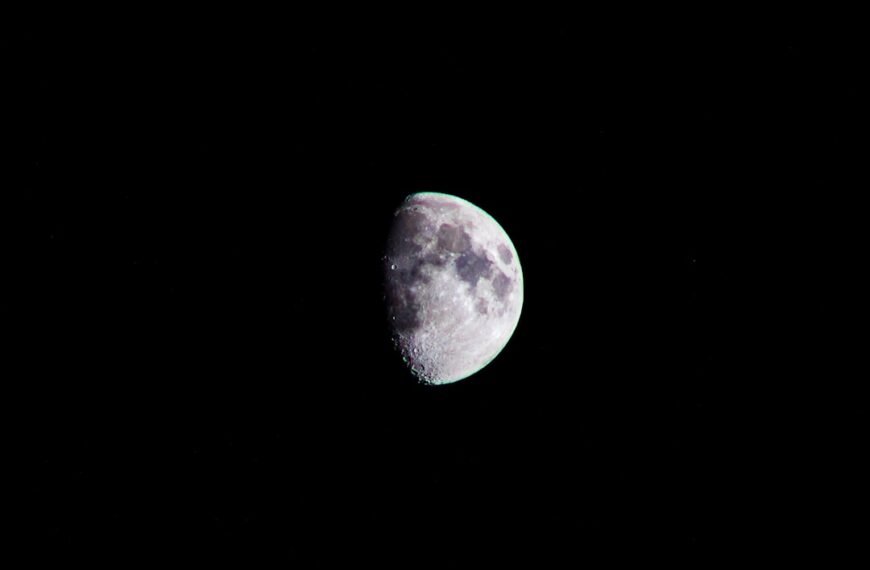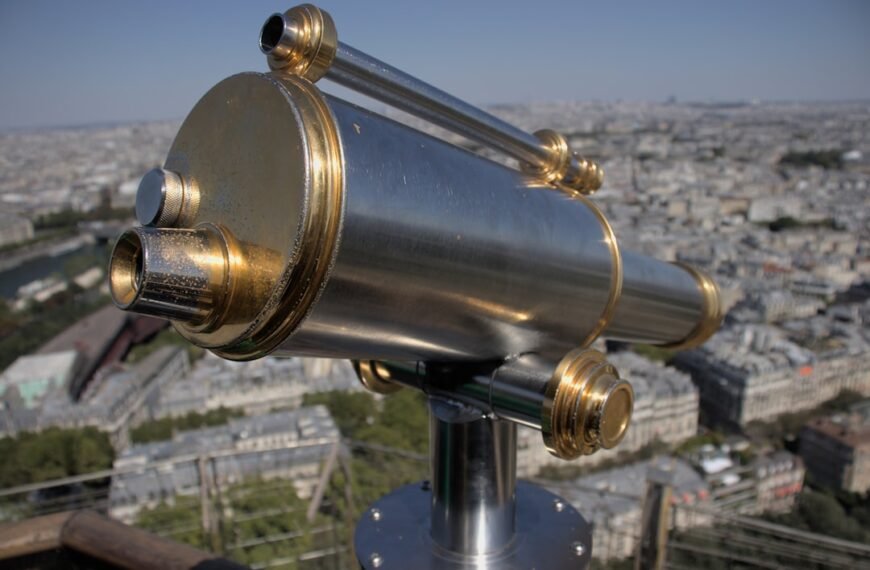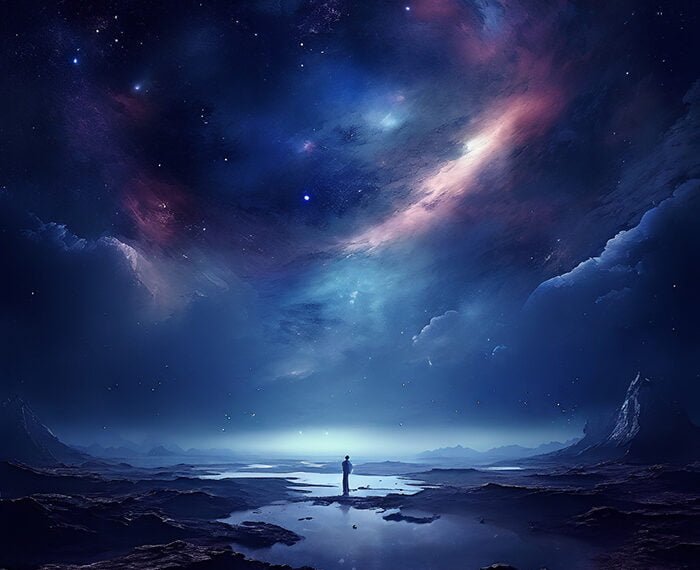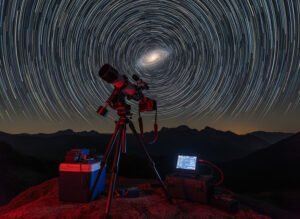Key Takeaways
- The night sky is dark because the universe has a finite age and is expanding.
- Olbers’ Paradox questioned why an infinite universe full of stars doesn’t produce a bright night sky.
- The Big Bang theory and cosmic expansion resolve the paradox.
- Redshift and the limited speed of light play key roles.
- The cosmic microwave background (CMB) shows the sky is filled with light—just not visible to human eyes.
PDF Download
Why Is the Night Sky Dark? – PDF download – 8 Pages
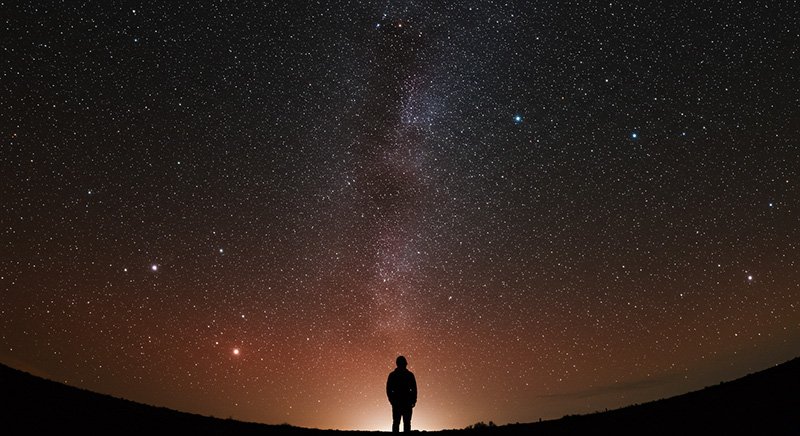
Introduction | A Simple Question with a Profound Answer
Why is the night sky dark?
At first glance, this seems like a trivial question. Of course it’s dark—the Sun has set. But to scientists, the darkness of the night sky poses a deep cosmological mystery. Known as Olbers’ Paradox, this puzzle challenges the very nature of space, time, and the universe itself.
In this post, we’ll break down the science behind this cosmic question using simple language, supported by physics, history, and modern astronomy.
What is Olbers’ Paradox?
The Core Problem
In a static, infinite universe filled with stars evenly spread out, every line of sight should end at the surface of a star. The sky should be blazing bright—as bright as the surface of the Sun. Yet it’s not. Why?
Historical Background
- First noted by Thomas Digges (1576): Proposed an infinite universe filled with stars
- Johannes Kepler (1610): Argued darkness proves the universe is finite
- Heinrich Wilhelm Olbers (1826): Popularized the paradox, theorized interstellar dust absorbed starlight (later disproven)
- Edgar Allan Poe (1848): Remarkably proposed a finite-age universe as the solution

Why Doesn’t the Night Sky Blaze with Starlight?
Three Assumptions Behind the Paradox:
- The universe is infinitely old
- The universe is infinitely large
- The universe is static and unchanging
If all three were true, the sky should be glowing. But it’s not. So at least one assumption must be false.
Modern Solution | The Big Bang and an Expanding Universe
1. The Universe Has a Finite Age
- The universe is 13.8 billion years old
- Light travels at a finite speed (~299,792 km/s)
- We can only see light from stars whose photons have reached us since the Big Bang
Result: There hasn’t been enough time for light from all stars to reach us.
2. The Universe is Expanding
- Discovered by Edwin Hubble in the 1920s
- Galaxies are moving away from us
- The further a galaxy is, the faster it recedes (Hubble’s Law)
Result: Light from distant galaxies is redshifted, meaning it’s stretched to longer, less energetic wavelengths
3. Stars Are Not Eternal
- Stars have finite lifespans
- Some stars have already burned out
- Some stars haven’t formed yet
Result: There are not enough active stars to light up the sky fully
Where Does All the Light Go?
Energy Dilution via Redshift
- Light doesn’t just travel—it stretches.
- As space expands, it pulls light waves along with it, making them longer and less energetic.
- Eventually, what began as visible light fades into invisible realms: infrared, microwave, and radio waves.
The light isn’t gone; it’s just been stretched out of our sight.
The Cosmic Microwave Background (CMB)
- Leftover radiation from the Big Bang
- Discovered in 1965 by Penzias and Wilson
- Uniformly fills the sky
- Temperature: 2.725 K (just above absolute zero)
It is light. Just not visible light.
Real-World Analogy | Raisin Bread and Redshift
Imagine raisins in bread dough. As the dough rises (like the universe expanding), the raisins move away from each other. The more distant they are, the faster they move away. Now imagine light being stretched like that dough—longer, redder, dimmer.
What Does This Teach Us About the Universe?
- The sky’s darkness is a scientific clue, not a mystery.
- It confirms the finite age of the universe
- Supports the Big Bang theory
- Reinforces that the universe is dynamic, not static
- Suggests observational limits to our cosmic view
Cited Evidence and Data Sources
- Planck satellite: Age of universe = 13.787 ± 0.020 billion years
- Hubble Telescope & JWST: Redshift measurements
- COBE/WMAP/Planck: Mapping of the CMB
FAQs | People Also Ask
Why isn’t the sky bright if the universe is full of stars?
Because the universe is not infinitely old, and light takes time to travel. We can only see stars within our observable universe.
What is Olbers’ Paradox in simple terms?
It’s the question: If the universe has endless stars, why is the night sky dark?
What is the main reason the sky is dark at night?
The main reason is the finite age of the universe. Light from many stars hasn’t reached us yet.
What role does redshift play in this?
Redshift stretches light to longer wavelengths as space expands, making it less visible and less energetic.
Is the sky actually glowing, but we can’t see it?
Yes. The sky glows in the microwave spectrum due to the Cosmic Microwave Background, but human eyes can’t detect it.
How does the Big Bang solve Olbers’ Paradox?
The Big Bang implies the universe has a beginning, limiting how far we can see and how many stars’ light has reached us.
Can we see the edge of the universe?
We can see up to the cosmic light horizon, but not beyond. That limit defines our observable universe.
Will the sky ever get brighter in the future?
No. In fact, due to accelerated expansion, distant galaxies will redshift out of view over billions of years.

Final Thoughts | The Darkness is a Message
The night sky’s darkness is not an absence. It’s a presence—of time, of distance, of stories still unfolding. Every dark patch between the stars is like a page we haven’t read yet, waiting for the light to arrive.
So next time you look up at that quiet black canvas, ask yourself:
What’s still out there, hiding in the light that hasn’t reached us yet?
In that question lies the wonder of the cosmos.

